Space
Sign up for our newsletter
We summarize the week's scientific breakthroughs every Thursday.
-
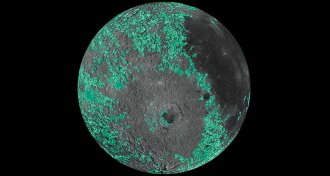 Planetary Science
Planetary ScienceThis spinning moon shows where debris from giant impacts fell
A new map shows that light-colored lunar plains point back to huge impact basins, raising questions about the age and history of the moon.
-
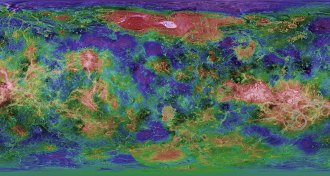 Planetary Science
Planetary ScienceVenus may be home to a new kind of tectonics
Venus’ surface seems to be divided into jostling blocks of crust, defying conventional wisdom about how the surfaces of rocky planets work.
-
 Anthropology
AnthropologyReaders ponder children’s pretend play, planetary dust storms and more
Readers had questions about children’s fantasy play, lasers creating 3-D images and dust storms on Mars.
-
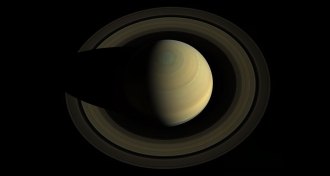 Planetary Science
Planetary Science5 things we’ve learned about Saturn since Cassini died
The Cassini spacecraft plunged to its death into Saturn six months ago, but the discoveries keep coming.
-
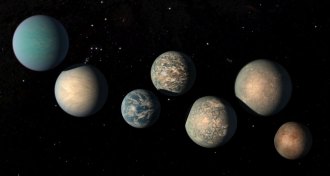 Planetary Science
Planetary ScienceSome TRAPPIST-1 planets may be water worlds
Two of TRAPPIST-1’s planets are half water and ice, which could hamper the search for life.
-
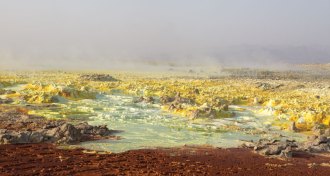 Earth
EarthWill Smith narrates ‘One Strange Rock,’ but astronauts are the real stars
Hosted by Will Smith, ‘One Strange Rock’ embraces Earth’s weirdness and explores the planet’s natural history.
-
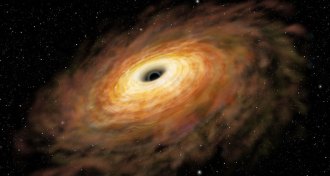 Astronomy
AstronomyAstronomers can’t figure out why some black holes got so big so fast
Early supermassive black holes are challenging astronomers’ ideas about how the behemoths grew so quickly.
-
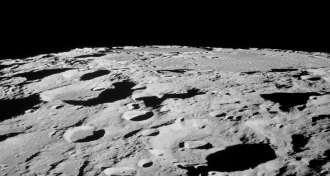 Artificial Intelligence
Artificial IntelligenceAI bests humans at mapping the moon
AI does a more thorough job of counting craters than humans.
-
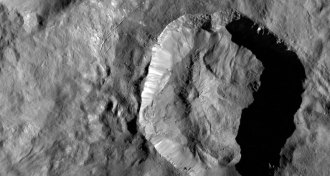 Planetary Science
Planetary ScienceDwarf planet Ceres may store underground brine that still gushes up today
Waterlogged minerals and changing ice add to evidence that Ceres is geologically active.
-
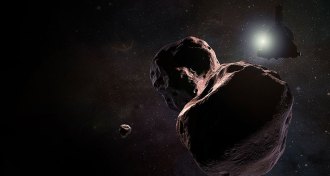 Astronomy
AstronomyNew Horizons’ next target has been dubbed Ultima Thule
NASA has named New Horizons spacecraft’s next target Ultima Thule after the public suggested tens of thousands of monikers for the Kuiper Belt object.
By Mike Denison -
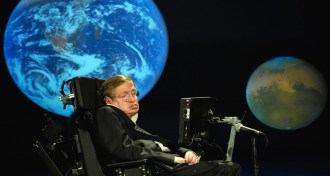 Cosmology
CosmologyRenowned physicist Stephen Hawking dies at 76
Beyond his research contributions, Stephen Hawking popularized black holes and the deep questions of the cosmos.
-
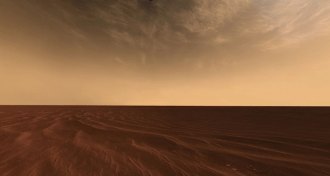 Planetary Science
Planetary ScienceCosmic dust may create Mars’ wispy clouds
Magnesium left by passing comets seeds the clouds of Mars, a new study suggests.